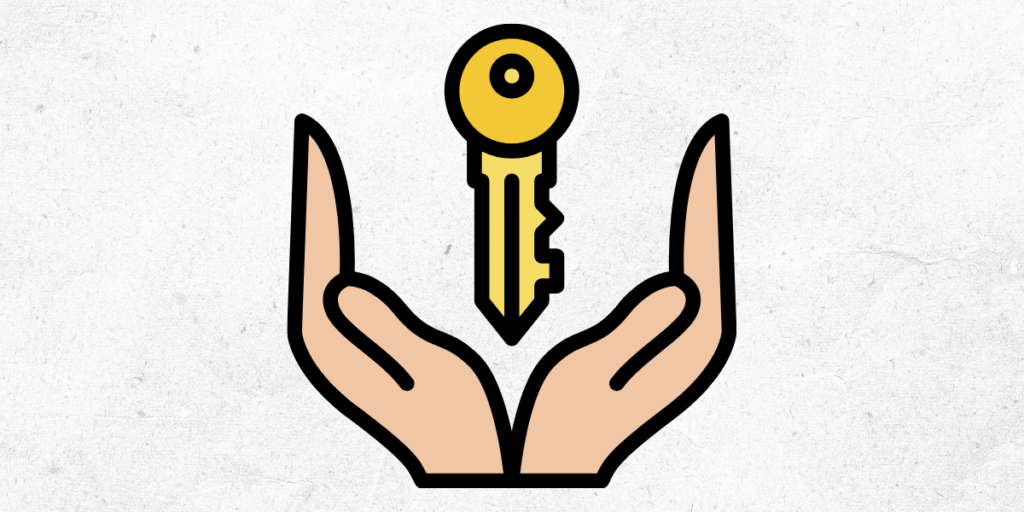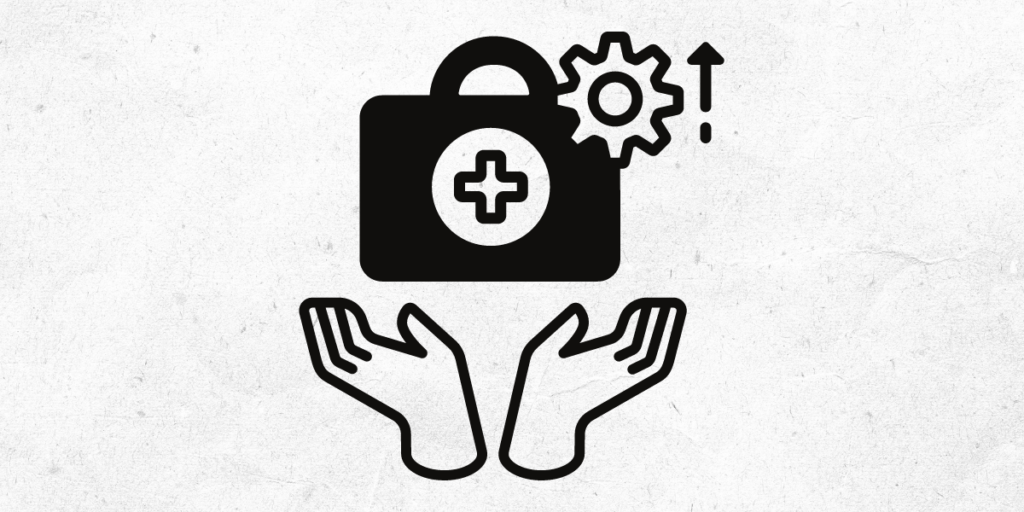Seven Secrets That Successful Trade Show Exhibitors Do Not Want You to Know
What makes certain businesses consistently successful in trade exhibitions? They are aware of and have practised the techniques of following-up...
Read More10 Ways to Improve Your Healthcare Practice’s A/R
The best reimbursement possible with quick A/R processing in any healthcare facility requires attentiveness to gathering documents and communicating the...
Read MoreTen Ways to be Better at Creating A Winning Business Culture
Making A Winning Business Culture is the main activity any administrator or entrepreneur can take. This is 10 different ways the...
Read More7 Tips for Small Business Success
Do you possess a private company and need to make it an outright achievement? Then, at that point, you've come...
Read MoreTop 7 Reasons Why Team Charters Improve Team Success
Great many groups are shaped in organizations all over the planet every day. Also the greater part of those groups...
Read MoreSeven Reasons Organizational Culture Matters
We burn through 40 . . . or then again 45 . . . or then again 50 . ....
Read MoreSeven Must Have Features of Contract Management Software
Contract Management Software permits you to oversee contracts, mechanize contract the board and significantly more. In any case, the subtleties...
Read MoreExhibiting Advice – 10 Cunning Ways To Make Sure You Sell More At Your Stand
At the point when you are on a show stand you are there to draw in however many individuals over...
Read More7 Small Business Start Up Money Seeking Mistakes
Independent venture fire up cash is a profoundly sought after ware as an ever increasing number of individuals are taking...
Read More7 Strategies For Effective Distributed Teams
Presently organizations are putting huge measures of interest in dispersed, versatile and telecommuters the point of lessening working expenses. This...
Read More








